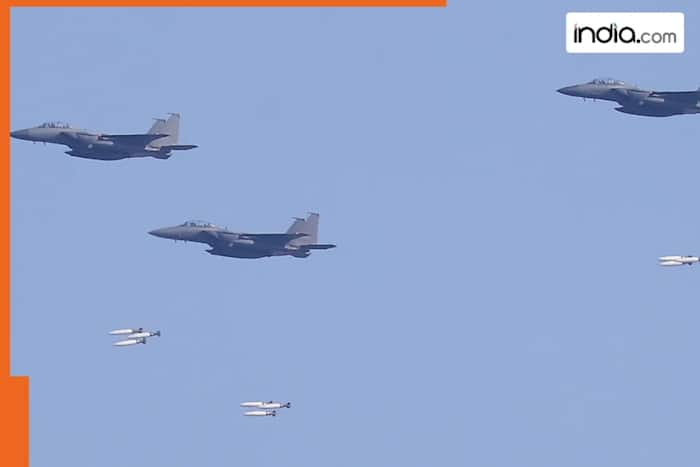Destroying the enemy’s vital infrastructure is the precedence.

New Delhi: The navy methods of each nations in the wars between India and Pakistan (1947, 1965, 1971, and 1999) focused the enemy’s vital infrastructure. These included targets corresponding to refineries, airports, airbases, high-rise buildings, and gasoline depots, which have been important from each navy and financial views.
During conflict, sure targets are strategically and economically essential. Their destruction weakens the enemy’s navy functionality, provide chain, and morale. In the India-Pakistan wars, the following targets have been outstanding:
Refineries: Refineries are a serious supply of gasoline mandatory for navy autos, plane, and ships. Their destruction limits the enemy’s navy mobility. In the 1971 conflict, the Indian Air Drive (IAF) attacked the Attock refinery (close to Rawalpindi) on December 6 with 4 Hunter plane from Squadron No. 20. This assault generated an enormous hearth and smoke, which helped in navigation for subsequent assaults.
Airports and Airbases: Airbases and airports are vital for air drive operations. Their destruction weakens the enemy’s air energy and prevents air strikes.
Excessive-rise buildings: Excessive-rise buildings can function command facilities, communication hubs, or symbolic targets in city areas. Nonetheless, there are restricted situations of immediately focusing on them in India-Pakistan wars, as each nations have sought to keep away from civilian casualties.
Gas Depots: Gas depots retailer gasoline for navy operations. Their destruction severely impacts navy actions, as a scarcity of gasoline can halt plane, tanks, and ships.
India and Pakistan prioritized strategic and financial objectives of their navy methods. The choice of targets in these wars was based mostly on the following elements:
Weakening Army Functionality: Assaults on airbases and runways (corresponding to Sargodha, Tejgaon) have been aimed toward destroying the enemy’s air energy. In 1971, the IAF incapacitated the PAF in East Pakistan inside 48 hours. In 1965, the IAF flew 3937 sorties, most of which aimed to destroy PAF’s bases and provide traces.
Financial Harm: Targets corresponding to refineries and gasoline depots have been chosen to weaken the enemy’s financial system. The Karachi port, which was Pakistan’s business hub, was severely impacted by assaults from the IAF and Navy in 1971.
Psychological affect: Assaults on massive targets like refineries and ports have been aimed toward breaking the enemy’s morale and instilling concern in the public. The hearth at oil tanks in Karachi is an instance of this.
Source link
#Airports #airbases #tall #buildings #refineries.. #big #targets #enemy #nation #conflict


